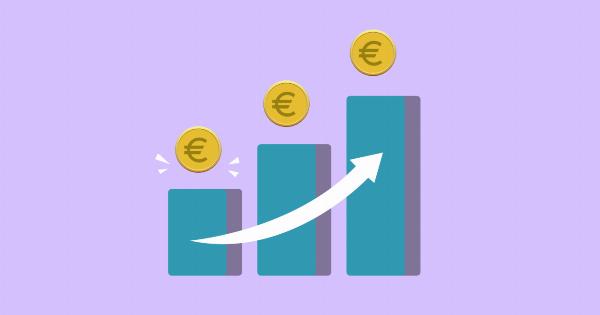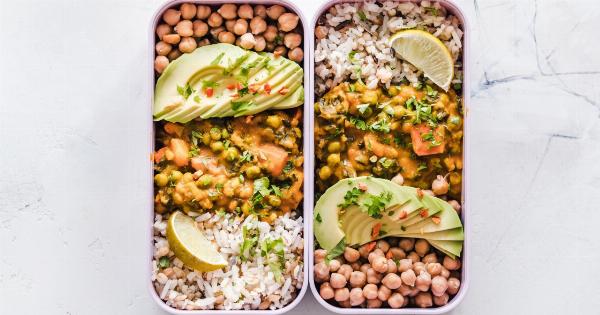For many years, the traditional diet approach for weight loss has been to reduce calories and cut out certain food groups.
Carbohydrates are often one of the first to go, but what if we told you that not all carbs are created equal? Enter carb cycling, a method of strategically incorporating and timing carbs in your diet to optimize weight loss.
What is Carb Cycling?
Carb cycling is a dietary approach where you alternate high-carb days with low-carb days in order to manipulate insulin levels and boost metabolism.
Insulin is a hormone responsible for regulating blood sugar levels, and when we consume carbohydrates, our body releases insulin to process them. However, excess carbohydrates can lead to spikes in insulin, which can promote fat storage and make it more difficult for the body to burn existing fat.
By alternating high-carb and low-carb days, we can help regulate insulin levels and encourage fat burning.
How Carb Cycling Works
On high-carb days, you will consume more carbohydrates than on low-carb days to increase your glycogen stores and provide your body with the energy it needs for physical activity.
On low-carb days, you will consume fewer carbohydrates to encourage your body to tap into its fat stores for energy. By cycling carbs in this manner, you can create a calorie deficit without depriving the body of energy or essential nutrients.
The Benefits of Carb Cycling
One of the main benefits of carb cycling is that it can optimize weight loss by encouraging fat burning while still providing the body with enough nutrients and energy to sustain physical activity.
This approach can also help regulate insulin levels, which can support healthy blood sugar levels and reduce the risk of certain chronic diseases, such as diabetes and heart disease.
Additionally, carb cycling can also boost metabolism by activating different enzymes and hormones in the body that promote fat burning and muscle growth.
How to Get Started with Carb Cycling
Before you get started with carb cycling, it’s important to consult with a healthcare provider or registered dietitian to determine if it’s the right approach for you.
Once you have the green light, follow these steps to implement carb cycling in your diet:.
- Determine your daily caloric needs based on your age, weight, height, and activity level.
- Calculate the proportion of carbs, protein, and fat you need in your diet on high-carb and low-carb days.
- Create a meal plan for high-carb and low-carb days that includes whole, nutrient-dense foods, such as fruits, vegetables, lean proteins, and whole grains.
- Alternate high-carb and low-carb days, ensuring that you stay within your prescribed caloric and macronutrient ranges.
- Track your progress over time to see how your body responds to carb cycling and make adjustments as needed.
Sample Carb Cycling Meal Plan
Here’s an example of a one-day carb cycling meal plan:.
High-Carb Day:.
- Breakfast – Oatmeal with berries and Greek yogurt
- Snack – Apple and peanut butter
- Lunch – Grilled chicken, sweet potato, and mixed greens salad with olive oil dressing
- Snack – Banana and almonds
- Dinner – Whole-wheat pasta with marinara sauce and turkey meatballs
Low-Carb Day:.
- Breakfast – Scrambled eggs with spinach and avocado
- Snack – Carrots and hummus
- Lunch – Baked salmon with roasted broccoli and cauliflower
- Snack – Strawberries and cottage cheese
- Dinner – Grilled chicken with sauteed mushrooms and zucchini noodles
The Bottom Line
Carb cycling can be an effective approach for weight loss, but it’s important to tailor it to your individual needs and goals.
By alternating high-carb and low-carb days, you can manipulate insulin levels and boost metabolism to encourage fat burning while still providing the body with essential nutrients and energy. As with any diet approach, it’s important to consult with a healthcare provider or registered dietitian before getting started and to monitor your progress over time.



























